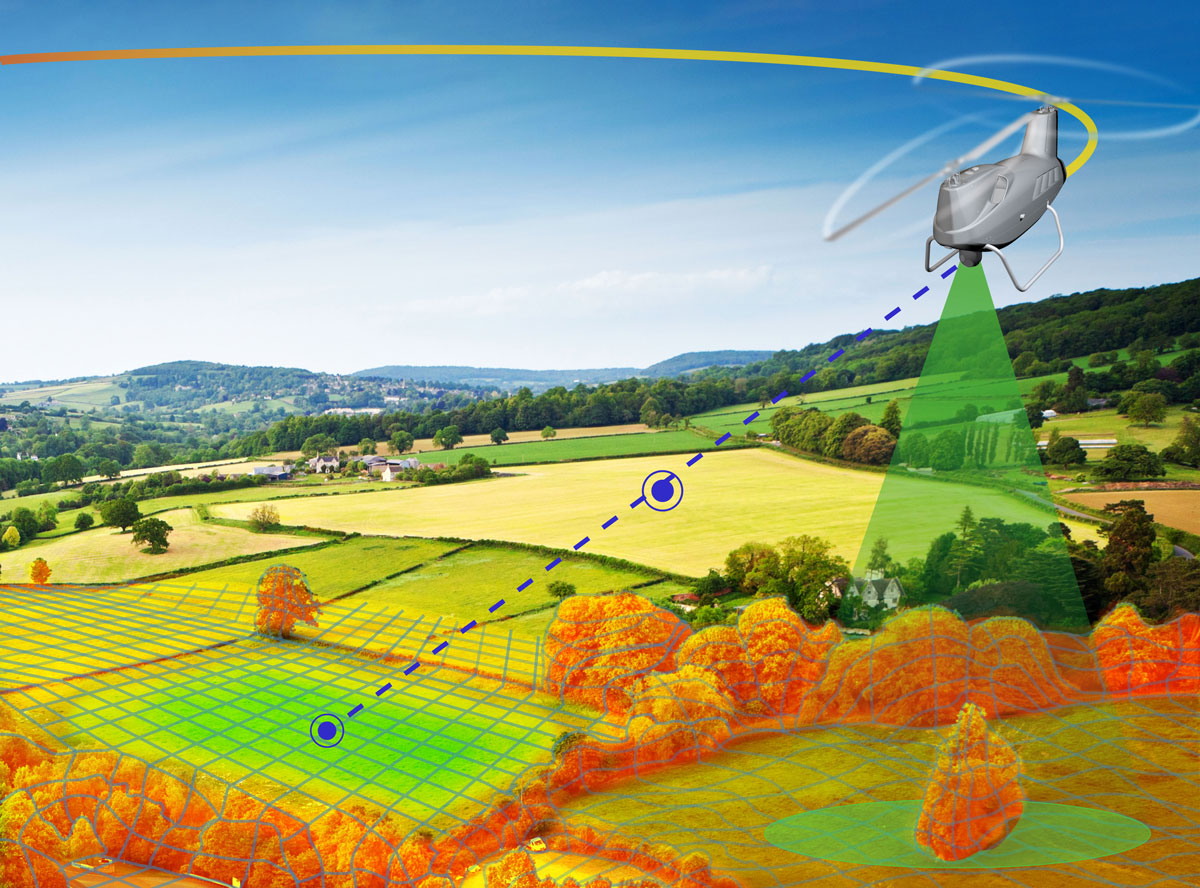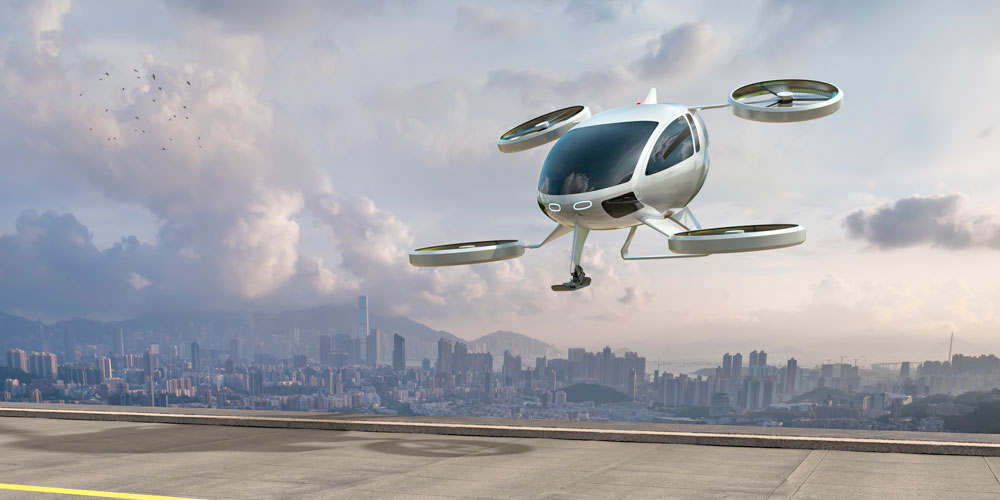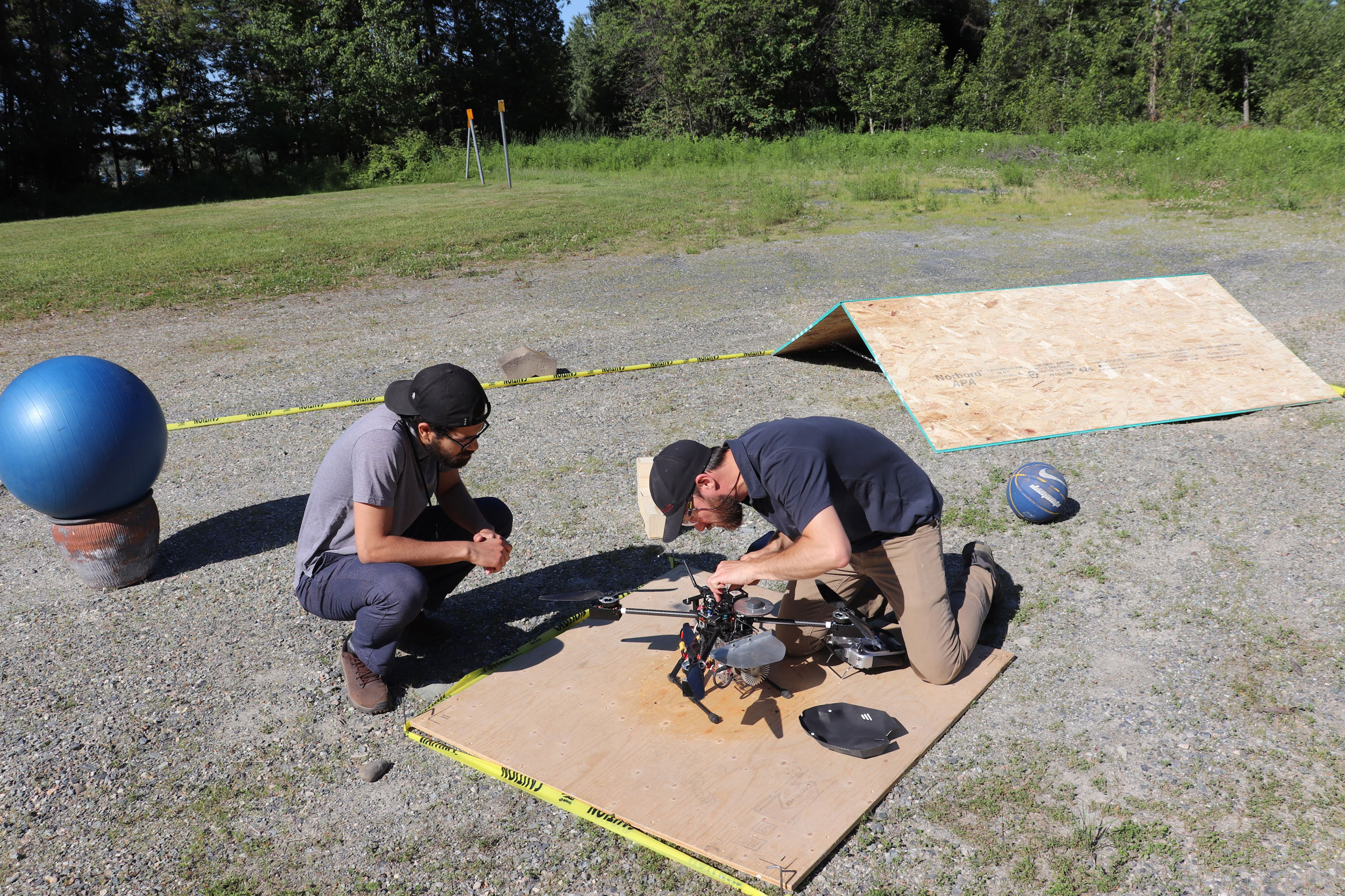We took the Hazard Detection and Avoidance (HDA) technology originally developed for space planetary exploration missions and brought it back to Earth.
This technology enables the safe landing of remotely piloted aircraft or semi-autonomous aircraft in unknown, uncertain or unstructured environments, especially when aircraft are operated beyond visual line of sight (BVLOS) or close to populated areas or airspaces.
The Landing Zone Assessment technology mitigates the risk of collision between the aircraft and any elements that may be located on the ground during landing operations (obstacles, infrastructure, other aircraft, etc.). This system integrates a sensor suite and associated software functions capable of mapping the topography of the landing area and identifying safe landing locations. The system then provides the guidance necessary to perform safe landing manoeuvres either manually of fully automatically.
NGC’s Landing Zone Assessment technology has been identified as one of the technology transfer success stories by the European Space Agency.





